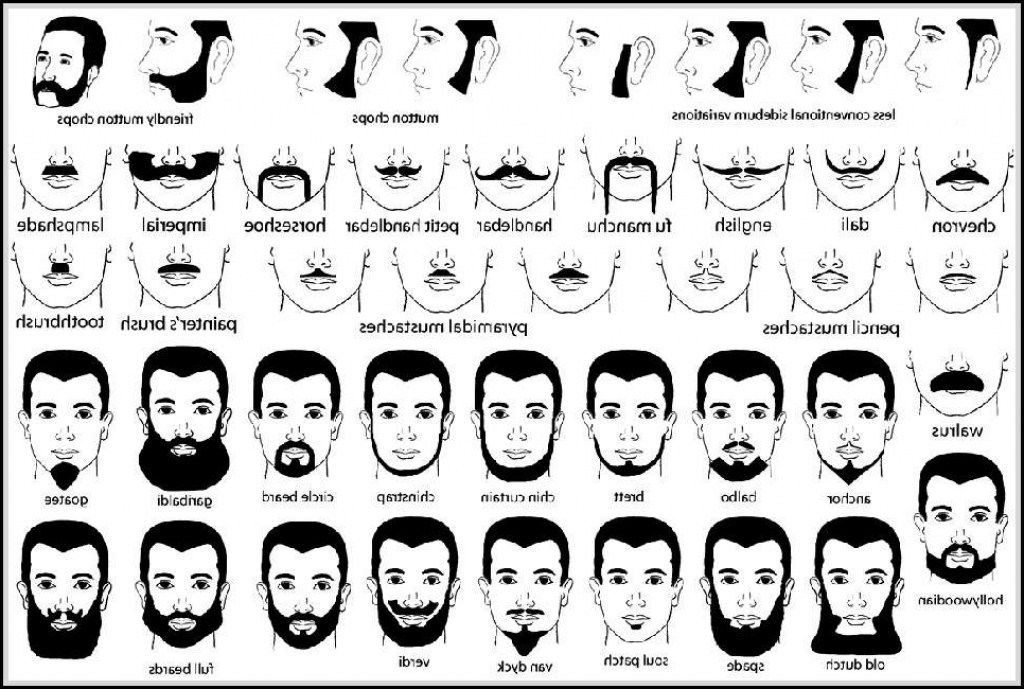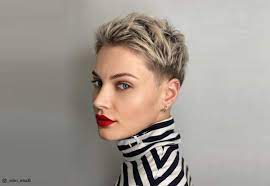
Facial hair has long expressed men’s personality; from clean-shaven faces to full beards, men have worn different styles since the 16th century. Studies have revealed that women tend to find bearded men more attractive than shaven ones, possibly due to the perception that beards indicate maturity and masculinity.
Clean-Shaven
Men who want a clean-shaven face must regularly shave each area of their facial hair to prevent food particles or bacteria from becoming trapped within it and leading to acne breakouts. One way of prepping for this appearance is to shower with an exfoliating cleanser before shaving. Notably, some organizations require clean-shaven faces as part of employment requirements – mainly military and emergency service roles with strict grooming policies. Furthermore, women tend to judge men with clean-shaven faces more favorably when dating them as trustworthy partners.
Stubble
Stubble refers to facial hair that has been shaved for several days. It gives off an unruly, rugged aesthetic and can help define jawlines or chins for men who wish to highlight them. To maintain an elegant yet natural-looking stubble, soften your whiskers using beard oil or shaving cream before trimming. Additionally, cleaning shave regularly around your neck and cheeks is beneficial to eliminate stray hairs from appearing. Aim for three days or less to achieve 3 mm stubble, providing the look of a beard without all the maintenance and itching that comes from leaving too long of an outgrowth of stubble on your face.
Full Beard
Full beards tend to produce thick, bushy facial hair as a natural part of their facial features. Proper grooming techniques keep stray strands at bay, and edges are neatly defined for an impressive statement look that works equally well in the office or wedding environment. Men with heart-shaped faces often benefit from full beards to add volume to their broad forehead and narrow chin, softening their angular features and softening the angular features of this facial structure. Longer styles also elongate thin faces, while round faces may appear slimmer when lengthened by longer styles. Men with oblong faces should opt for shorter styles instead due to how full beards add width.
Goatee
Men who struggle to produce dense facial hair may benefit from adopting a goatee as an easy and stylish solution. Plus, its shape can complement your unique face structure perfectly! Soul patches make an excellent finishing touch to any style of goatee. From Napoleon Bonaparte and Wild Buffalo Bill Cody to modern-day men, soul patches have long been part of classic beard styles. The Van Dyke is another variation on the goatee, featuring a combination of chin puff and handlebar mustache (typically an anchor beard) that takes its name from 17th-century painter Anthony van Dyck. The Van Dyke can also resemble the shape of a ship’s anchor beard.
Van Dyke
Though often mistaken for a mustache (with close relatives such as Imperial and Handlebar mustaches), the Van Dyke beard is more of a beard style. It features growth beneath the mouth that begins from the soul patch and widens towards the bottom, stopping just after the jawbone. Van Dyke beards have been famous since the 17th century, named for Flemish painter Anthony Van Dyck. Many historical figures, including General Custer, Vladimir Lenin, and Colonel Sanders (the founder of KFC), wore them. While it can work best with oval face shapes, men with square or diamond features may need help to pull it off successfully.
Mustache
Facial hair has long been seen as an indicator of social status for men. The style chosen reveals their personalities and lifestyle choices; popularity for facial hair may fluctuate, but there are various options to consider when styling this feature of their appearance. Fu Manchu mustaches feature two long tendrils that extend downward from the center of the upper lip towards the jawline and are inspired by a fictional Chinese master criminal named Fu Manchu. The Van Dyke goatee is a style in which chin hair is detached from a mustache and styled separately, similar to a handlebar mustache, but used exclusively by British English communities rather than American English speakers.

